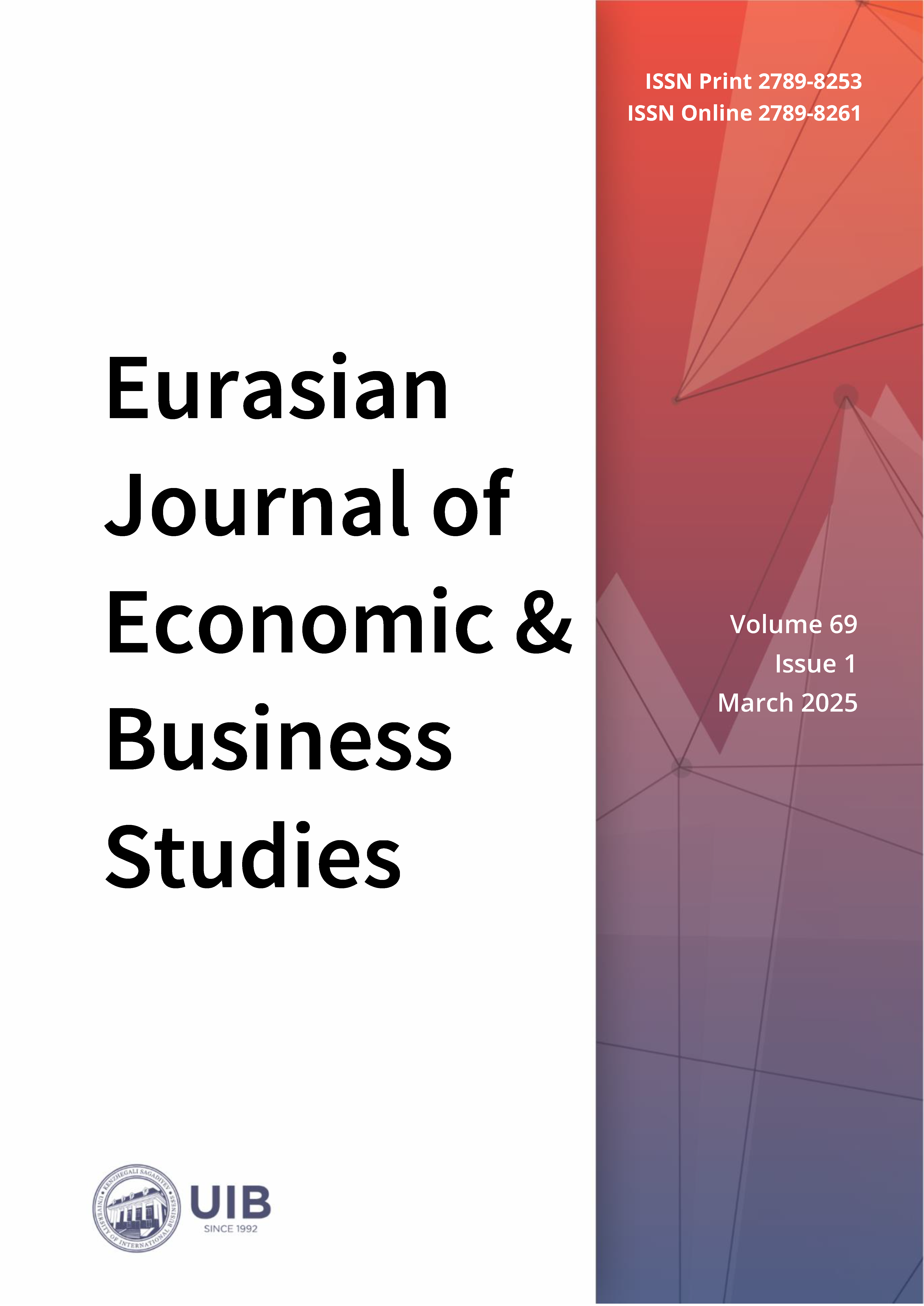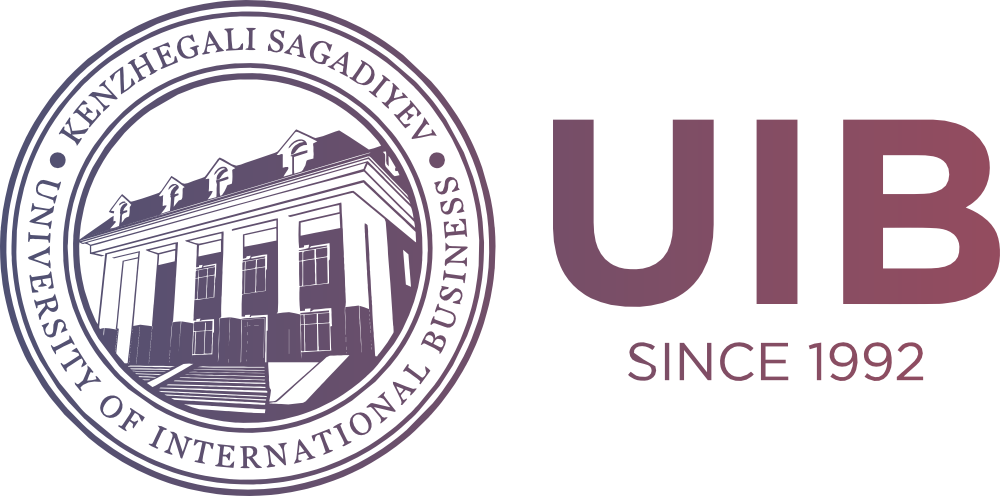Kazakhstan's Banking Sector: Between Domestic Regulation and Macroeconomic Trends
DOI:
https://doi.org/10.47703/ejebs.v69i1.464Keywords:
Bank, Banking Sector, Bank Regulation, Economic Growth, Credit Allocation, Market Concentration, Financial Stability, Risk ManagementAbstract
The banking sector plays a fundamental role in economic stability and development by facilitating financial intermediation, credit allocation, and liquidity management. In emerging economies such as Kazakhstan, the financial system is characterized by high market concentration, limited competition, and a weak connection between banking activity and macroeconomic growth, which can affect financial stability and economic development. The goal of current study is to analyze the impact of bank profitability, market concentration, and macroeconomic factors on the stability of Kazakhstan’s banking sector. The research follows a four-stage methodology, including descriptive statistical analysis, data visualization using Raincloud Plots, multivariate and univariate statistical tests, and Q-Q plots. The analysis evaluates how income influences net profitability and taxation, how market concentration affects credit and deposit allocation, and how macroeconomic conditions interact with banking performance. Findings indicate that bank profitability has a significant impact on net profit and taxation, reinforcing the role of internal financial management in determining banking stability. Market concentration directly influences the allocation of loans and deposits, highlighting the dominant role of a few major banks in shaping financial flows. However, macroeconomic variables, including GDP and inflation, do not show a statistically significant direct effect on banking sector dynamics, suggesting that Kazakhstan’s banking system operates largely independently of economic fluctuations. The results reflected the importance of monitoring market concentration, ensuring competitive financial conditions, and reconsidering regulatory mechanisms to enhance banking efficiency and economic integration.
Downloads
How to Cite
Downloads
Published
Issue
Section
License

This work is licensed under a Creative Commons Attribution 4.0 International License.
Authors retain copyright and grant the journal right of first publication with the work simultaneously licensed under a Creative Commons Attribution (CC-BY) 4.0 License that allows others to share the work with an acknowledgment of the work’s authorship and initial publication in this journal.



